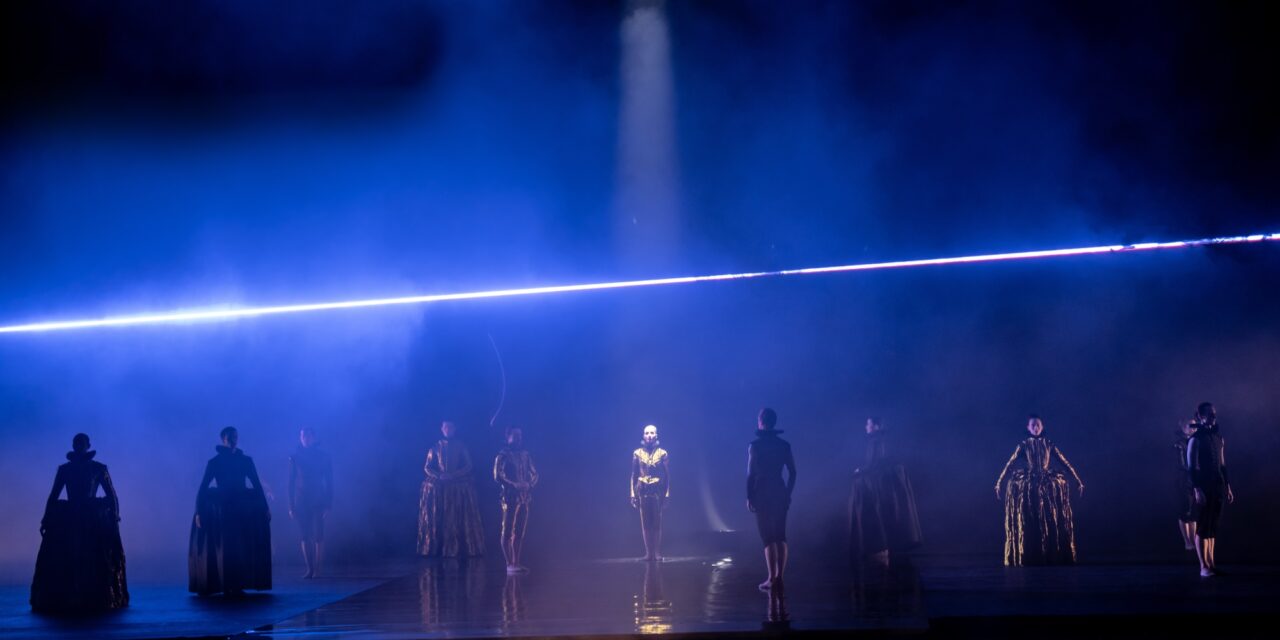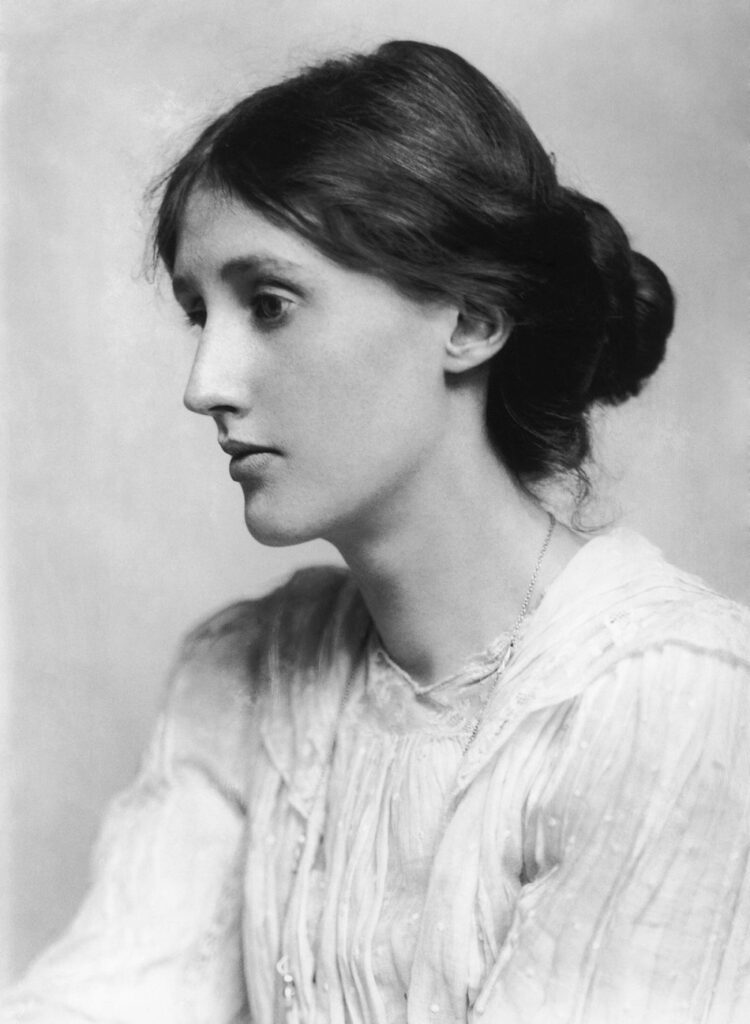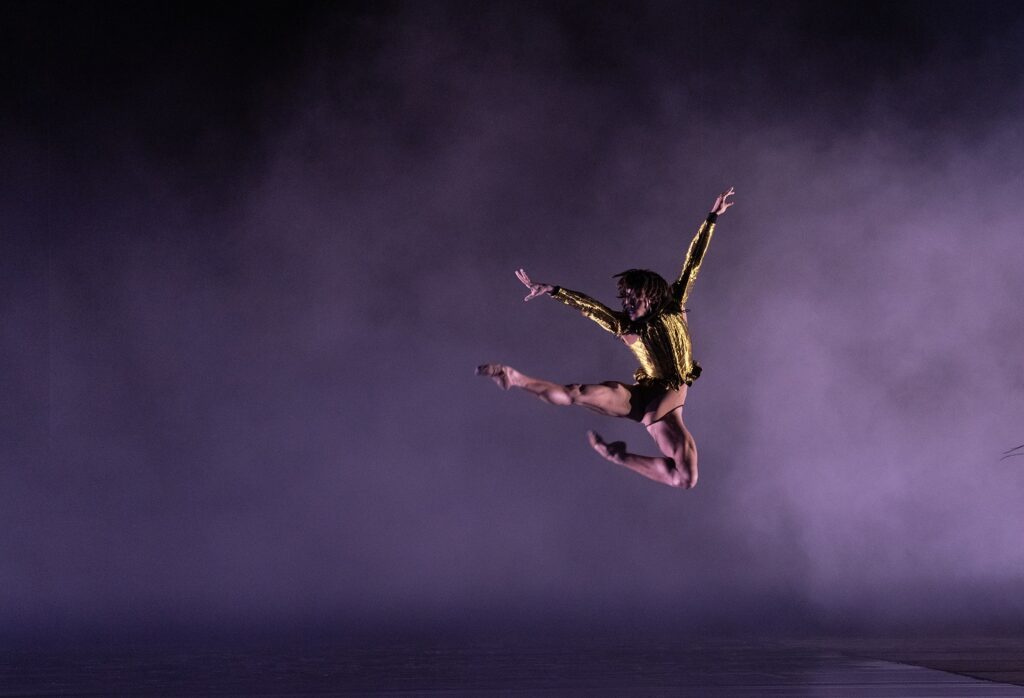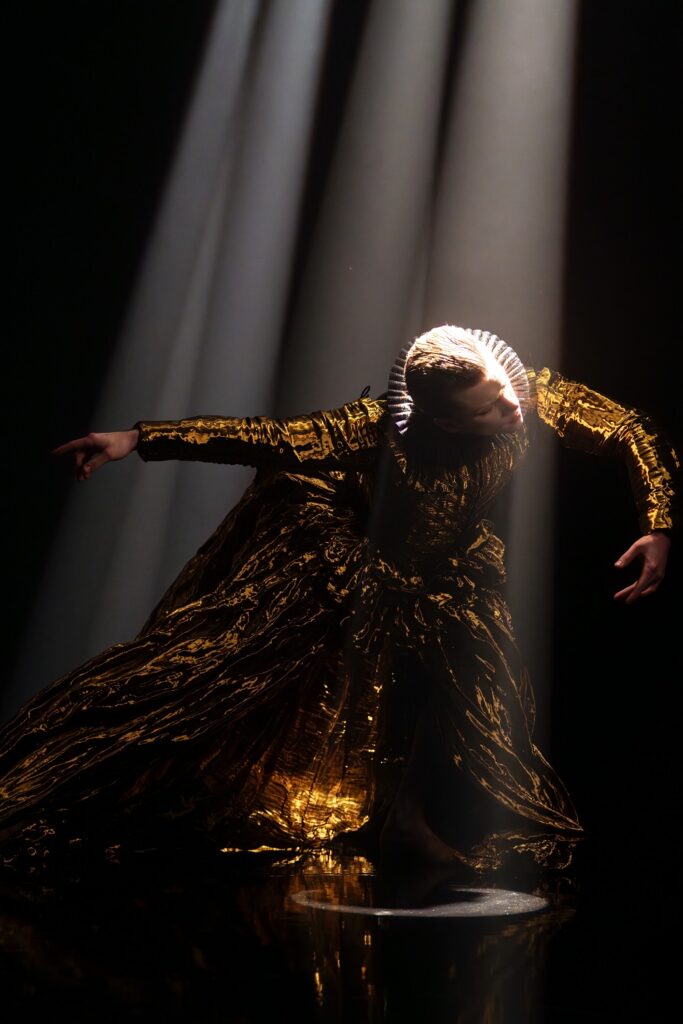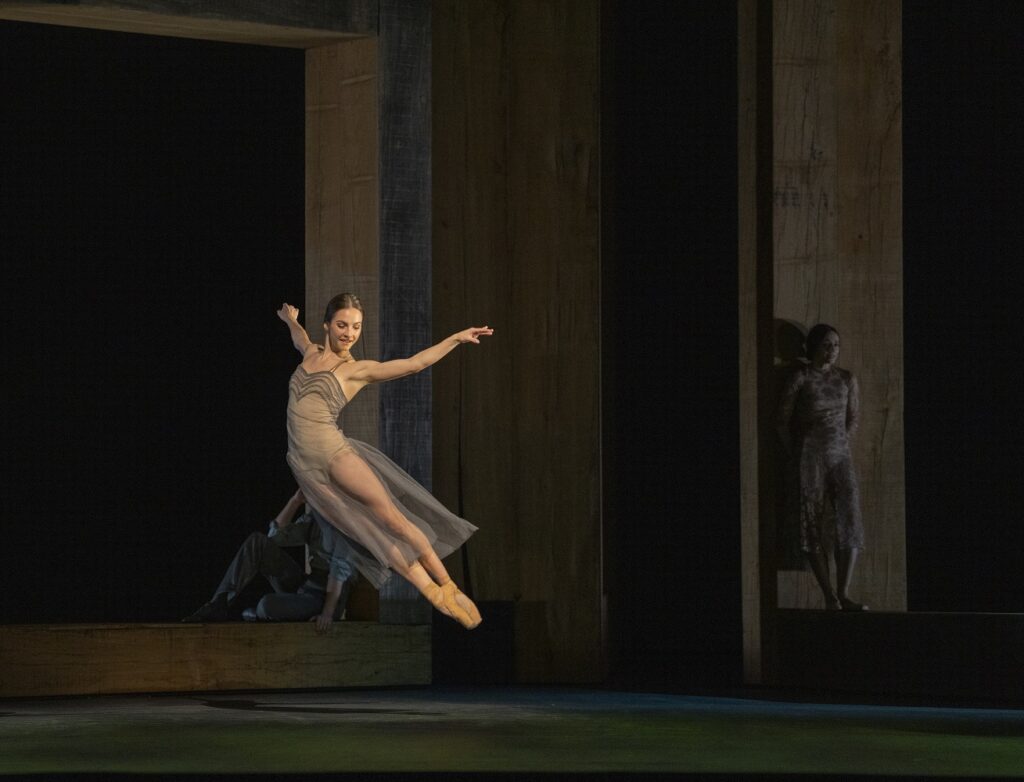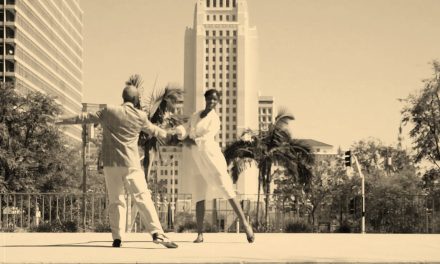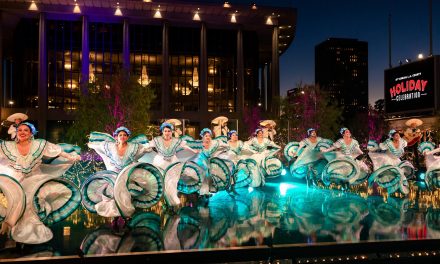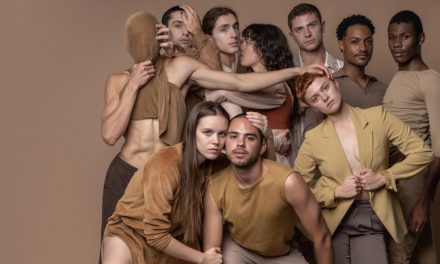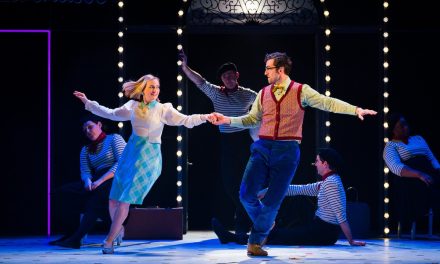April 11 – 14, 2024, The Segerstrom Center for the Arts will present American Ballet Theatre performing Wayne McGregor’s three act ballet Woolf Works set to music by British composer Max Richter. Inspired by the writings of the renowned and unconventional 20th century writer Virginia Woolf, this marks McGregor’s first full-length work for ABT. Of his work McGregor said, “Woolf Works is not a literal description of Woolf’s writing. It’s very lavish, with new visualization techniques and a collage structure: a full-on assault and collision of the senses.” There are traces of the life of the English novelist, including the harsh realities of her early life, her parents’ troubled marriage, and her descent into madness. Tickets are on sale now.
Woolf Works premiered on May 11, 2015 at the Royal Opera House in London to critical acclaim. It went on to win McGregor the Critics’ Circle Award for Best Classical Choreography, and the Olivier Award for Best New Dance Production. Even after eight years following its acclaimed premiere in London, The Guardian raved, “Woolf Works is a beauty – a ballet of ravishing feeling and radical intellectual intent.”
Amanda Eyles, who currently works with the Royal Ballet as assistant to choreographer Wayne McGregor, was there from the beginning of the creation of Woolf Works and agreed to an interview with LA Dance Chronicle. I asked Ms. Eyles why this ballet and why now?

Alessandra Ferri with artists of The Royal Ballet in “Woolf Works” by Wayne McGregor – Photo ©2023 Asya Verzhbinsky.
Woolf Works was created in 2015 with the Royal Ballet with Alessandra Ferri as the main character. Each of the three acts is based on one of Woolf’s novels; “Mrs. Dalloway,” “Orlando” and “The Waves.” Eyles shared that Act One, “Mrs. Dalloway” was the most narrative.
“What’s interesting is when you say why now,” Eyles said. “Now, in 2024, a lot of the themes that Virginia Woolf was challenging were about the woman’s role in the world. It was very prescient when you think of the Bloomsbury Group and what they were talking about in the 1910s and 1920s was very pushing of the boundaries.” She thought that this was particularly true in Woolf’s novel “Orlando” where there is a lot of gender shifting. “That is very suited to Wayne’s way of working because he is always challenging and pushing boundaries and wanting to discover new things.”
I asked Susan Jaffe, Artistic Director of ABT the same question. “This is an award-winning work and it is a spectacular and beautiful work. We are known for our classics, Swan Lake, Giselle, Sleeping Beauty, but I also want our audiences to understand that there is a much wider range of balletic work out there so that they actually get to experience it. This is a very contemporary ballet, which at this time the fusion of ballet and contemporary is where a lot of juice of creativity is in the dance world today. This is a modern contemporary work,” she answered.
According to Elyes, even though McGregor does a massive amount of research for his ballets, he does not expect the dancers to do the same because he wants the body to speak for itself. During one rehearsal, however, Elyes was rehearsing principal dancer Gillian Murphy and explaining how they needed to blur the edges of something so that one thing had not quite finished before the next thing started. “Yes, just like her (Woolf’s) writing,” relied Murphy. For Elyes, this was a beautiful response and told her that Murphy had been doing her research and that she truly understands what Elyes and McGregor are trying to achieve. “It’s not a literal translation of it (Woolf’s novels) but it informs everything we do,” Elyes explained. “That overlapping of ideas and one thing going in a direction then changing and going in another direction.”
On this same subject, Jaffe said, “What I love about it too is that it is very reflective of Virginia Woolf’s writings which don’t have a beginning, middle and an end, she really takes the essence of things and that is exactly what Wayne did choreographically. It is to bring forward the energy and the essence of the writings not necessarily in a linear way, meaning in chronological order but in a way that brings out the essence of the meanings of the work out through dance.”
Elyes worked with McGregor on the creation of Woolf Works for The Royal Ballet and is therefore very familiar with the ballet. She is not just a stager, but also a Benesh Choreologist and notated the work giving her levels of information about Woolf Works. This includes the actual steps, but also McGregor’s motivational and intentional information behind the choreography. “We layer it up as we go along,” she added. “I think that it is always useful for the dancers to understand who Virginia Woolf was and what sort of world she lived in which was a very constraining one at the time where there were expectations about proper behavior. Especially about how women should behave.” Elyes believes that it is important for the dancers to understand how Woolf was trying to push those boundaries, to question things and to find her own truth.
Beforehand, McGregor and his dramaturg, Uzma Hameed work together on how they see the story being brought out. “Normally, we teach all the choreography and then Uzma comes to talk to the company,” Elyes explained. “What’s fascinating to me, is when she comes it gives the dancers a lot of context and motivational anchors to hang onto. It really changes the choreography – in a good way. It makes it much more intentional and you can only do that when you know what the steps are.” She described it as a lovely and very valuable part of the process because, although the dancers can certainly do the choreography beautifully, it is what’s behind it that makes this piece very special.
“Wayne’s work is always a collaboration between many creative forces and he has a fabulous team that he gathers around him,” Eyles said. “It is very layered.” Woolf Works is multi-media work with film and video projections at certain times and a score by composer and pianist Max Richter. There are electronic elements to the music as well as a live orchestra. The lighting is by McGregor’s long-time collaborator Lucy Carter.
The set for Woolf Works was designed by Ciguë, We Not I and Wayne McGregor with Film Design by Ravi Deepres. In Act One, “Mrs. Dollaway,” the costumes by Moritz Junge very much reflect what people wore in the Victorian era. In Act Two, “Orlando”, there are echoes of the Elizabethan ruffs (collars) and because it jumps over many eras, the costumes are more outlandish and reflect all sorts of different periods. “The dancers have an entire array of costumes that they put on and take off,” Elyes noted.
The dancers will not have a huge amount of time onstage before opening night, but they will be so well-rehearsed that they will be fine coping with the layered projections and videos. “In the second act, which is the one based on the novel “Orlando,” there are a lot of amazing lasers – in terms of lighting. “That’s quite challenging because it changes the space and the way it is divided up,” Elyes said. Virginia Woolf was also interested in dance and regularly attended Diaghilev’s Ballets Russes because she saw the promise of “all kinds of fresh possibilities” in their exotic physicality.
What Elyes finds so fascinating about Woolf Works is that each part is very different from the others. “You see the dancers in a different movement idiom in each act and in a very different emotional space in all three acts and that makes it a very rich experience for the viewer,” she said. “One of the many things about Wayne’s work is that it can be enjoyed on so many different levels.” She stressed how one does not have to do a lot of research or reading of Woolf’s novels to enjoy the work in order to have a wonderful experience. “You can just come and be absorbed in the movement and the music and be carried away with it.”
“His work is so kinetic which I love. I love seeing dancers pushed to their fullest. I think that they and the audiences like that too. He is one of those choreographers that has pushed the envelope of where movement can go today. On top of all that, it is exciting to watch,” Jaffe said of McGregor’s choreography.
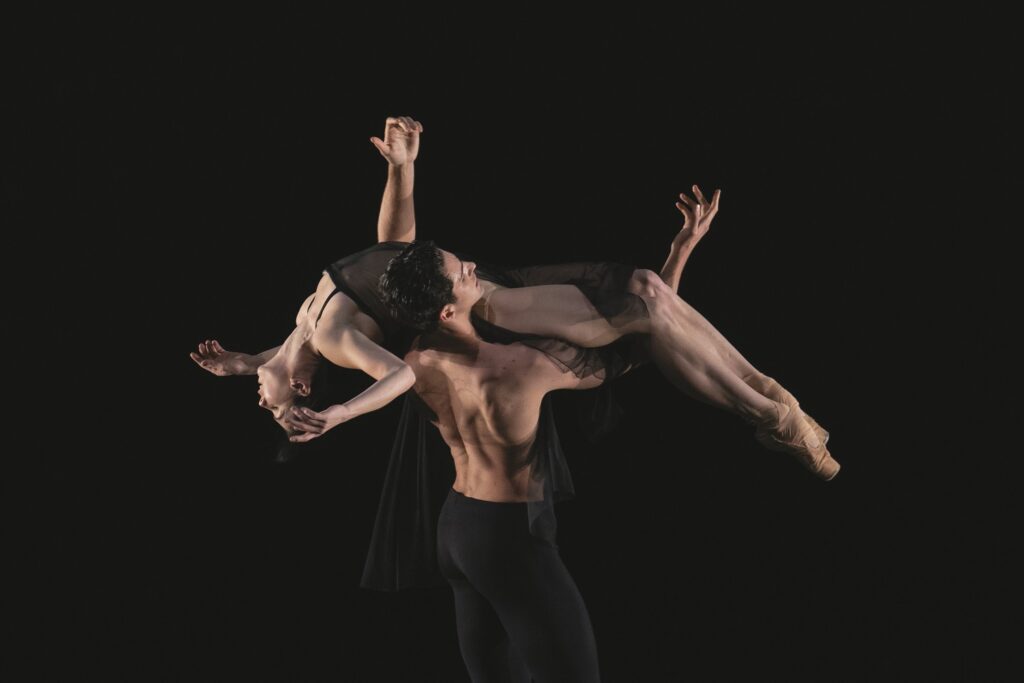
Natalia Osipova and Reece Clarke in “Woolf Works” by Wayne McGregor – Photo ©2023 ROH. Photographed by Andrej Uspenski.
Woolf Works is also a vehicle for a large number of dancers and offers a great amount of dancing. “You see the whole company which is always very rewarding,” Elyes added. “It’s a rich offering. It will be lovely for the audience to see so many of the dancers doing extraordinary things.” Although there is one principal character who is the fulcrum around which everything turns, there are many wonderful roles for the entire cast of Woolf Works.
ABT will be performing Woolf Works at The Segerstrom Center for the Arts April 11 – 14, 2024. After Costa Mesa, the company performs in New York June 25-29 at the Metropolitan Opera House, Lincoln Center.
To purchase tickets to ABT performing Wayne McGregor’s Woolf Works please click HERE.
For more information about American Ballet Theatre, please visit their website.
For more information about The Segerstrom Center for the Arts, please visit their website.
Written by Jeff Slayton for LA Dance Chronicle.
Featured image: Artists of The Royal Ballet in Woolf Works by Wayne McGregor – Photo ©2023 ROH. Photographed by Andrej Uspenski.

